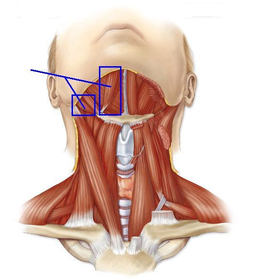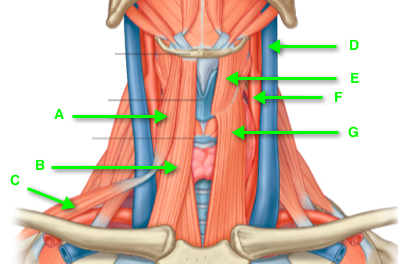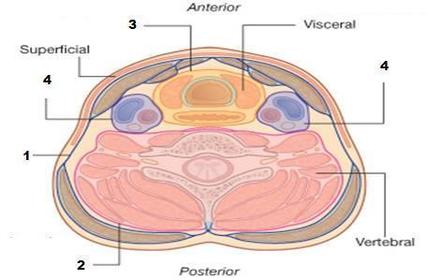RCA Practical 2-Temporomandibular joint and muscles of mastication, surface anatomy and general organisation of the neck, lymphatic drainage of the face and neck
Pinned to
100
3
0
|
|
Created by Ashutosh Kumar
over 8 years ago
|
|
Close




























